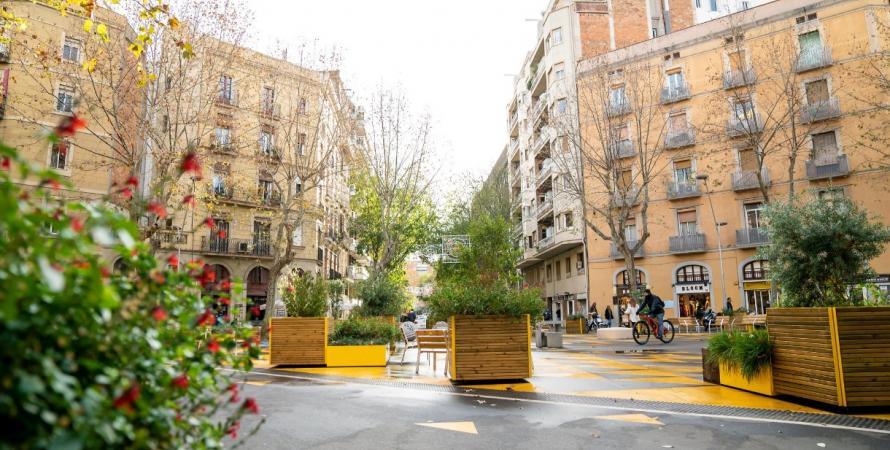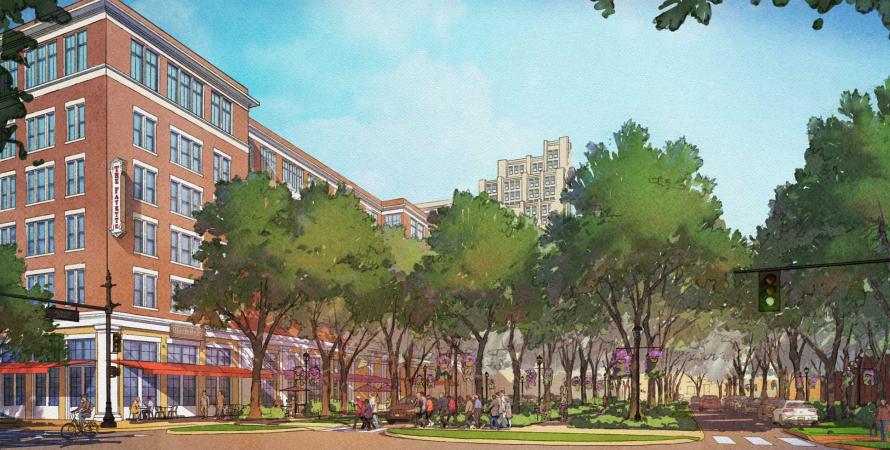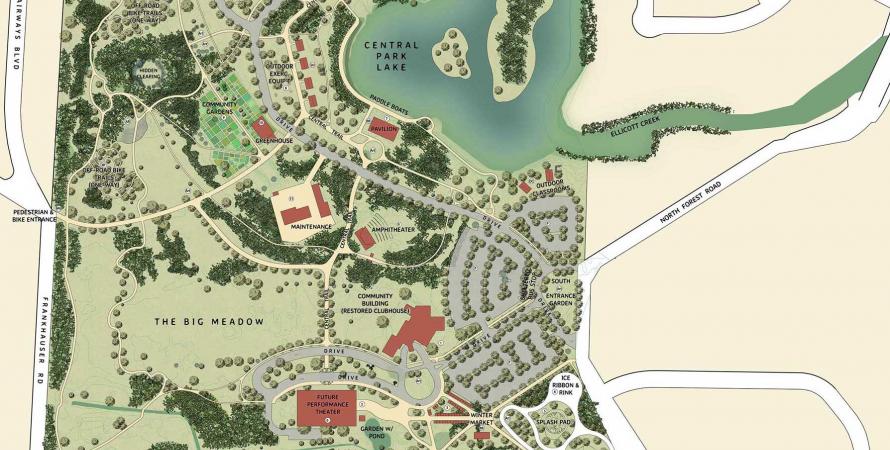-

Are superblocks the future of urban living?
Meet the urban design theory rethinking life in the city.The recent referendum in Paris, which approved tripling parking fees for SUVs entering the city, is the latest in a string of actions across the European continent aimed at ushering in a new era of post-car urban living. But as automobiles increasingly leave the historic streets of cities like...Read more -

Why your city needs a downtown ‘walkability plan’
Here are 10 tactics to plan for better walkability with immediate implementation, improving safety and reviving a city center in the process.A rose by any other name would smell as sweet: Complete streets plan? Vision zero plan? Active mobility plan? Micro-mobility plan? Walkability study? I’ve called them “walkability studies” since 2009, when we did our first, in Oklahoma City . Now I call them “walkability plans,” because “study”...Read more -

Vision plan released for transforming I-81 in Syracuse
The Community Grid proposal takes a broad planning approach to seven neighborhoods, districts, and corridors that could be changed and redeveloped following the demolition of the I-81 viaduct that has long overshadowed the city center.Syracuse and the New York State DOT are moving ahead with plans to demolish the aging I-81 viaduct through downtown and restore a “community grid.” Until this week, what that means has not been entirely clear. Syracuse is now releasing its Community Grid Vision Plan 2024 , which offers ideas for...Read more -

Park plan brings Olmsted aesthetic to suburbs
Amherst, New York, is building a Central Park to create a regional public space that is centrally located to town residents.An Olmstedian “central park” is moving toward construction in Amherst, one of New York State’s largest suburbs. The drawing by Joe Kohl of Dover, Kohl & Partners looks much like a Frederick Law Olmsted plan—except for some parking and a few other modern aspects. Amherst is a steadily growing...Read more